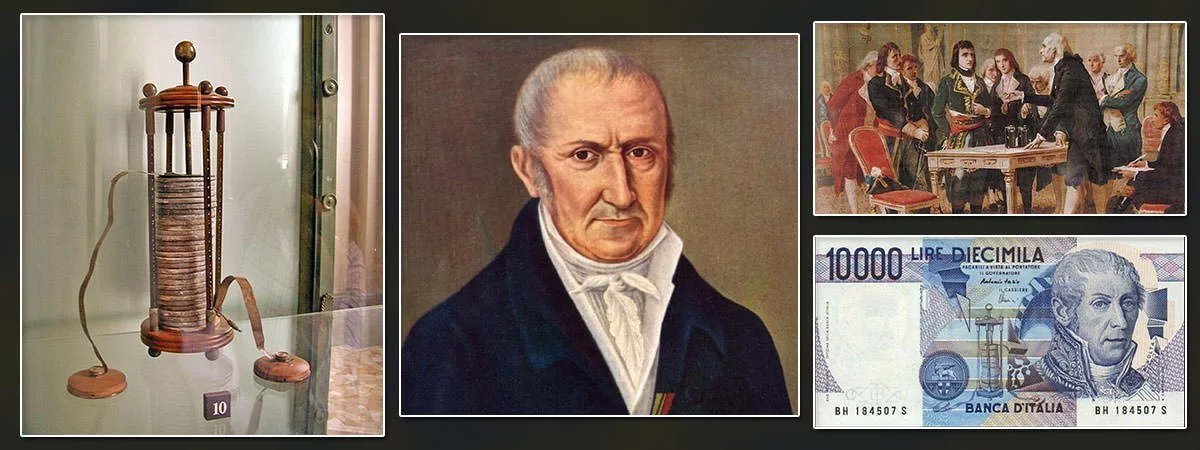Alessandro Volta was an Italian scientist who is renowned for inventing the first electrical battery. Volta made several other contributions to science. Among other things, he invented improved versions of electrophorus and eudiometer, and was the first to discover and isolate methane gas. Volta was made a count by Napoleon Bonaparte and the unit of electrical potential was named volt in his honor a few decades after his death. Know more about the life and achievements of Alessandro Giuseppe Antonio Anastasio Volta through these 10 interesting facts.
#1 HIS FATHER FILIPPO VOLTA WAS A PRODIGAL AND LEFT HIS FAMILY IN DEBT
Born on 18 February 1745 in the city of Como in Lombardy, Italy, Alessandro Volta was the son of Filippo Volta and his wife Donna Maddalena. His family was of noble lineage but not wealthy. Filippo Volta was reckless with money. He died, when Alessandro was only seven, leaving his wife and seven surviving children in debt. Alessandro, together with his mother and two sisters, lived with an uncle, also named Alessandro Volta, who was archdeacon of the Como Cathedral. Alessandro’s siblings all went into service of the church.
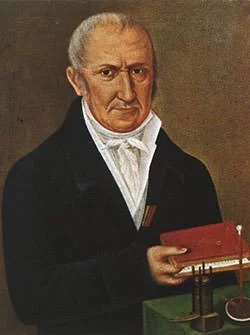
#2 HE STARTED SPEAKING LATE BUT LATER DEVELOPED A TALENT FOR LANGUAGES
Alessandro didn’t talk till he was four and his family feared he was possibly dumb. He was educated at home till he was 12 by his uncle. He entered Como’s Jesuit boarding school in 1758 and studied there for 4 years. Volta then studied at the Benzi Royal Seminary in Como till he was 18. Though Volta had been initially slow to grasp Italian, he developed a talent for languages and before he left school he had learned Latin, French, English and German. His family wanted him to be a lawyer but his interests lay in science.
#3 HIS FIRST SCIENTIFIC PUBLICATION WAS ON THE ATTRACTIVE FORCE OF THE ELECTRIC FIRE
At the age of 18, Volta started exchanging correspondence about electricity with two leading physicists, Jean-Antoine Nollet in Paris and Giambatista Beccaria in Turin, who advised him to learn more through experiments. In 1765, when Volta was 20, he started conducting experiments in the physics laboratory of his friend Giulio Cesare Gattoni, a wealthy man and keen natural philosopher. In 1769, aged 24, Alessandro Volta published his first scientific paper on electricity titled On the Attractive Force of the Electric Fire, and on the Phenomena Dependent on It.
#4 HE BUILT AN IMPROVED VERSION OF ELECTROPHORUS IN 1775
In 1775, Volta built a device to produce static electricity and named it electrophorus. He wrote a letter to leading English natural philosopher Joseph Priestley to find out whether the device was his invention. Priestly informed him that the first version of electrophorus had been already invented by Swedish physicist Johan Wilcke in 1762. However Volta did develop it independently, had built an improved version of the device, named it and later popularized it.
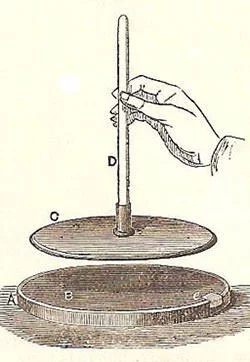
#5 ALESSANDRO VOLTA WAS THE FIRST SCIENTIST TO DISCOVER AND ISOLATE METHANE
After reading a paper by Benjamin Franklin on “flammable air”, Volta searched for the substance and in November 1776, scientifically identified methane in the marshes of Lake Maggiore. In 1778, Volta became the first person to isolate methane gas. He also found that a methane-air mixture could be exploded in a closed container with an electric spark. An electrically started chemical reaction like this would later become the basis of the internal combustion engine.
#6 HE BUILT AN IMPROVED VERSION OF THE EUDIOMETER IN 1777
In 1777, Volta built an improved eudiometer better than any other in existence till then. Though the eudiometer was invented by Italian chemist Marsilio Landriani, it was truly pioneered by Volta. Volta used the device to test the amount of oxygen in air to determine how good it was for breathing, to analyze the flammability of gases and to demonstrate the chemical effects of electricity. His version of eudiometer was superior to others because it used hydrogen as the gas reacting with oxygen, giving a clean, reliable reaction.

#7 THE UNIT OF ELECTRICAL POTENTIAL WAS NAMED VOLT IN HIS HONOR
In 1778, Alessandro Volta found that the electric potential (V) in a capacitor is directly proportional to its electric charge (Q). This is now known as Volta’s Law of Capacitance. Due to this important finding, the unit of electrical potential was named volt in his honor in 1881, more than 50 years after the death of Volta. Other posthumous honors to Volta include Tempio Voltiano, a museum dedicated to him in Como which was inaugurated in 1928; and his image being depicted on the Italian 10,000 lira note in 1984.
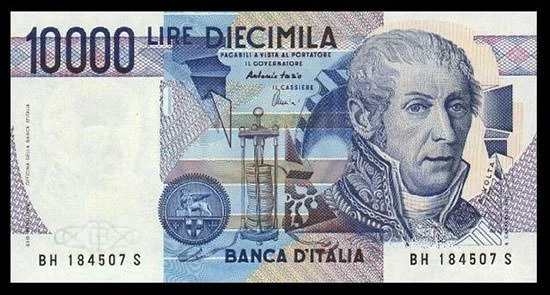
#8 ALESSANDRO VOLTA MADE THE FIRST ELECTROCHEMICAL SERIES
In late 1780s Italian anatomy professor Luigi Galvani discovered that muscles of a dead frogs’ legs twitched when struck by an electrical spark. In 1791, he announced that this was a new form of electricity found in living tissue and named it animal electricity. Volta studied Galvani’s phenomenon and deduced that the frog merely conducted a current that flowed between the two metals and that the moist connection between the two metals didn’t have to be an animal. In 1794, Volta did experiments to measure the electrical effect of bringing different pairs of metals into contact. He proceeded to list the metals in order of their electrode potentials thus producing the first electrochemical series. He also found that the electromotive force of a galvanic cell was proportional to the difference in the electrode potential of the two metals.
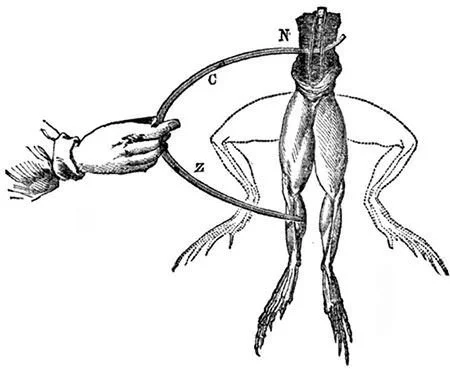
#9 VOLTA INVENTED THE ELECTRICAL BATTERY
There was a great controversy between advocates of Galvani’s animal electricity and Volta’s contact electricity. This was laid to rest in 1800 with the invention by Volta of voltaic pile, the first battery that could continuously provide an electrical current. Volta’s battery consisted of alternating disks of zinc and copper separated by paper or cloth soaked either in salt water or sodium hydroxide. Volta’s invention sparked great scientific excitement and led to a wave of electrical experiments. Among other things, English scientists William Nicholson and Anthony Carlisle used voltaic pile to decompose water into hydrogen and oxygen, thus discovering electrolysis and creating the field of electrochemistry; and Cornish chemist Humphry Davy used it to discover an array of new elements. Volta’s battery was a starting point for later advancements in the field of technology.

#10 He WAS MADE A COUNT BY NAPOLEON BONAPARTE
In 1774, Volta became a professor of physics at the Royal School in Como. In 1779, he became a professor of experimental physics at the University of Pavia, a position he occupied for around 40 years. In 1794, Volta was awarded the Copley Medal by the Royal Society for his contributions to scientific understanding of electricity. The same year he married Teresa Peregrini, an aristocratic lady also from Como. The couple had three sons named Zanino, Flaminio, and Luigi. In 1801, Volta was invited to the Institute of France by Napoleon Bonaparte to give a demonstration of his newly invented voltaic pile and in 1810 he was made a count by Napoleon. Alessandro Volta retired in 1819 and lived in Como till his death, which occurred soon after his 82nd birthday on 5 March 1827.

THE VOLTA PRIZE
After Alessandro Volta demonstrated the functioning of his battery to Napoleon Bonaparte in 1801, Napoleon awarded him a gold medal and also conceived the idea of a prize for scientific achievements, which he named Volta Prize in honor of Volta. Notable recipients of the Volta Prize include Sir Humphry Davy, who discovered several elements; Heinrich Ruhmkorff, who commercialized the induction coil, Zénobe Gramme, inventor of the Gramme dynamo; and Alexander Graham Bell, inventor of the telephone.

